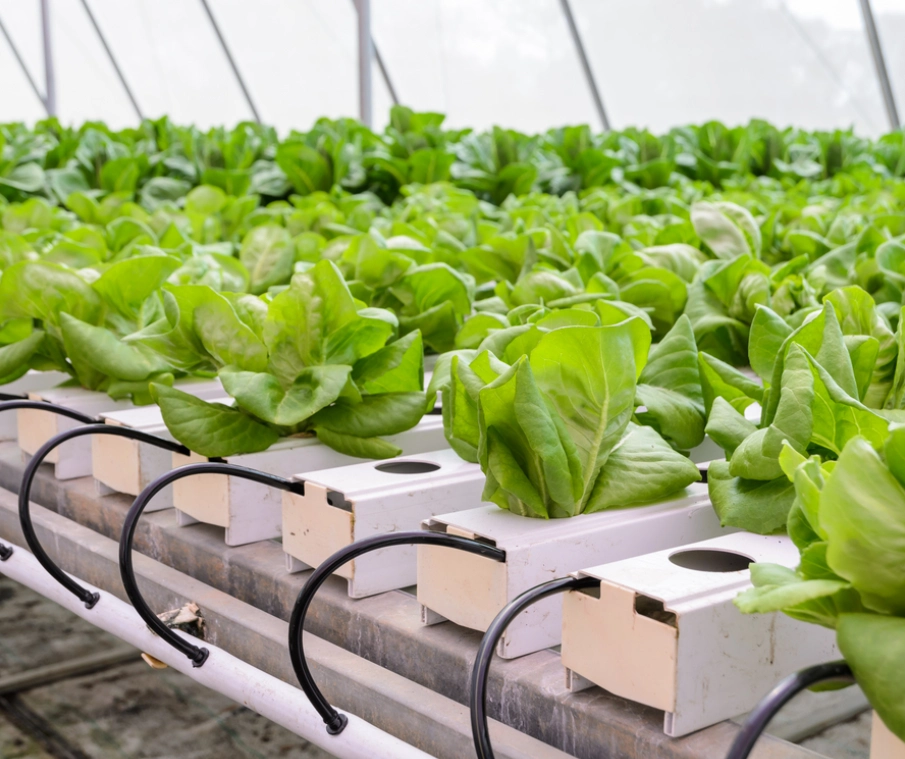
Food security will become a major concern for many countries around the world as the world’s population reaches 9.7 billion people by 2050. Due to its many benefits, vertical farming is often seen as a solution to our food shortage problems.
But often, commercial indoor farms fail because farmers underestimate the responsibility and cost of establishing and operating their farm facility. Here are the 5 critical factors to consider before investing in vertical farming.
We at Keisha Greens Pvt. Ltd. have a Brilliant team to develop a vertical farm with prior agricultural experience.
Reason 1: Poor Location For Indoor Farm
- Proximity to consumers and the ability to produce crops year-round at a sustainable rate is an important parts of what is needed for an indoor farm to be successful.
- In addition to matching your farm’s crop or crops with market demand, it’s important to determine how produce will move from your farm to the packaging facility, to the marketplace.
Reason 2: Selecting Wrong Indoor Farming Equipment
A typical vertical farm relies on technology to maintain the smooth operation of vital systems like temperature, lighting, irrigation, and humidity. The dependence of Vertical Farming on technology also renders it vulnerable to unexpected events, It’s important to understand the actual needs for food production, and then to identify what type of technology is available to address it.
Reason 3: Limited Knowledge About Indoor Farming
- Vertical farming technology and production methods are very popular nowadays, and it is growing very fast in India. Most highly trained professionals in India, such as horticulturists and agricultural engineers, do most of their training in organic farming. So they do not have enough information about vertical farming technology.
- We at Keisha Greens Pvt. Ltd., an experienced organization in India that has complete knowledge about hydroponic farming. We will help you to modernize the farming through any type of vertical farming technology.
Reason 4: Small Numbers of Crops can be grown Economically
A vertical farm can be modified to grow any plant species, but only a limited number of them can be grown economically. Due to their rapid growth cycle, high cost, and short shelf life, leafy greens and herbs continue to be the main crop in the global vertical farming sector. Leafy greens have a large profit margin, which makes them particularly desirable for vertical farmers, in addition to their relatively simple method of cultivation.
Reason 5: Significant Costs
The operating costs of most vertical farms are heavily influenced by the farming method used, as each has unique requirements. Vertical farming systems like geoponics, hydroponics, and aeroponics are now among the most popular. Geoponic systems, for example, are less expensive in terms of maintenance, labor, and technical expenses, but hydroponic and aeroponic technologies, on the other hand, require very experienced people to operate well.





